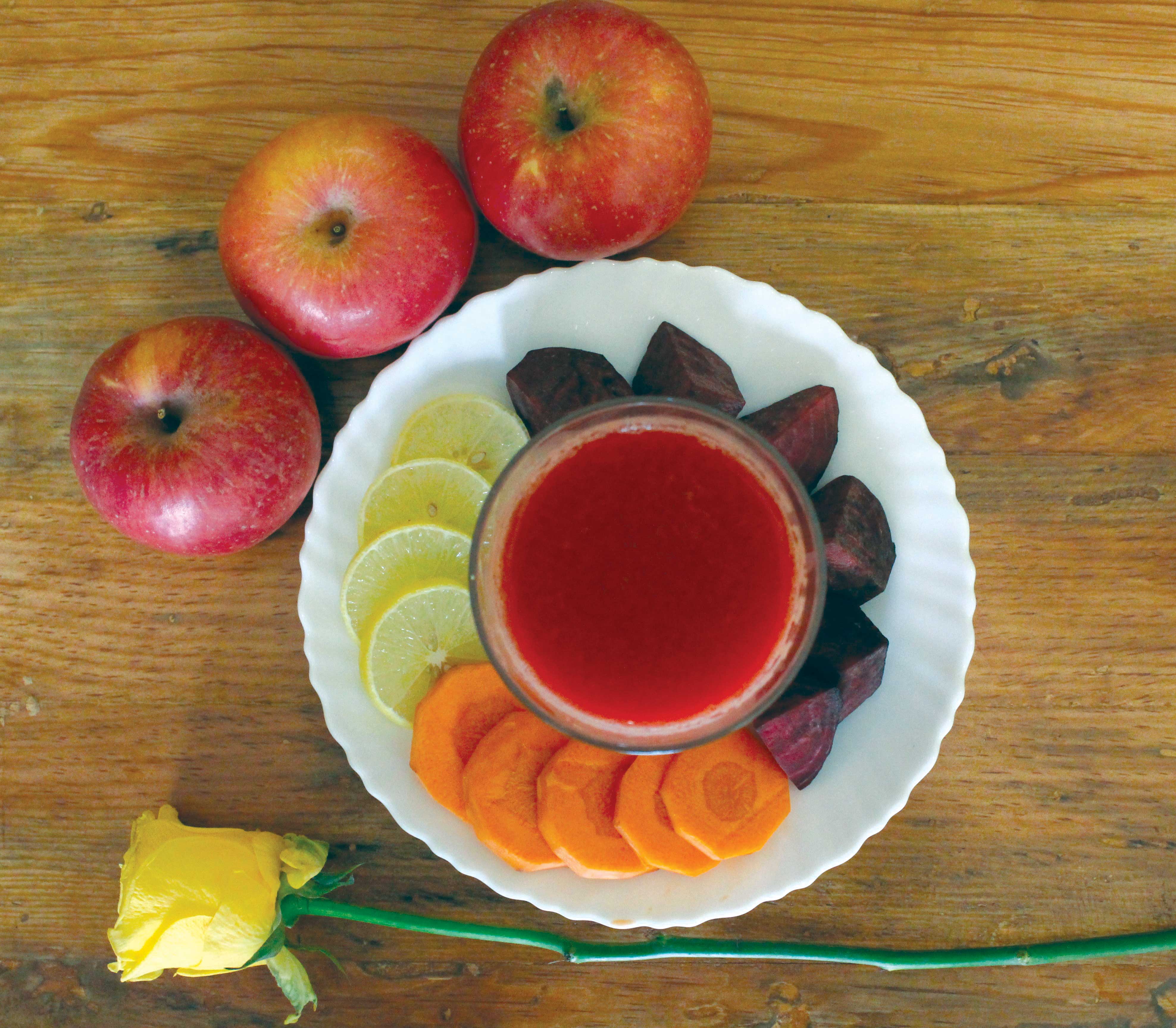Did someone say thongs? It’s a tricky term but yes, some people call them that.
All across Asia and around the world, millions upon millions of people wear sandals or flip-flops, in every season, up the trails and down the streets, on the beach, in the shower, and in and out of the house. Every day. Nearly everybody. Everywhere. The flip-flop/zori/sandal/thong may well be the most common type of footwear on the planet.
In Nepal, they are ubiquitous. You may be wearing a pair now. They’re called ‘chappals’ in Nepali. Or ‘rabar ko chappal’ if made of rubber, often from old truck tires. The traditional wooden sandals with a peg to hook your big toe around were called ‘kharau’, but I haven’t seen a pair of those in years.
 Beyond Nepal they go by many names. Take your pick: Besides flip-flops and sandals, they are also known as slip-ons, slappies, slides or slippers. And ‘jandals’, slang for sandals, of which there are many types: Shower sandals. Slide sandals. Beach sandals. Toe knob sandals. And so on...
Beyond Nepal they go by many names. Take your pick: Besides flip-flops and sandals, they are also known as slip-ons, slappies, slides or slippers. And ‘jandals’, slang for sandals, of which there are many types: Shower sandals. Slide sandals. Beach sandals. Toe knob sandals. And so on...
In German they are ‘sandalen’. In French: ‘sandales’, or ‘sandals de douche’ for bathing. In Spanish: just plain ‘sandals’, though the Spaniards also refer to them in slang as ‘chanclas’ (which has another slightly nefarious meaning).
In sunny California and on the beaches of Hawaii they’re ‘go-aheads’.
In Japan they’re zori or geta. ‘Zori’ (the same, singular or plural) is a term American sailors started using after being posted to the Japanese island of Okinawa. The original zori (or ‘sori’) had straw, leather, or wood soles. The Japanese ‘geta’ is similar, but with an elevated wooden platform. It is typically worn with the kimono and other traditional costumes.
Need a new pair of sandals? Besides the bright colored ones that are available in the local market, check the Internet. They come as ‘Rainbow Classic Rubber Sandals’, ‘Bridal Thong Sandals’, and, take a deep breath, ‘Sperry Top-Sider Parrotfish Navy Rope Thong Sandals’. Phew!
Are those ‘bridal thong sandals’ designed to be worn along with the other kind of ‘thong’ that I alluded to earlier? ‘Thong’ is a conundrum, in the sense of a challenge or problem, for it also means something that the folks at grammarphobia.com call “cringe-worthy.” Grammarphobia’s wordsmiths, Patricia O’Conner and Stewart Kellerman, are reluctant to discuss it on their blog. Why? Because ‘thong’ also means a popular but skimpy (very skimpy!) woman’s undergarment. It’s the Grammarphobians’ own phobia except when studying word origins, as etymologists do. (Don’t confuse etymology with entymology, the study of bugs, another source of phobic behavior.)
Thong used to be ‘thwong’, they tell us. It first showed up in written English sometime around 950 AD. That’s quite old, but “not just quite old,” O’Conner and Kellerman say, “it’s very, very old with prehistoric roots in the days before writing.” According to John Ayto, ‘thwong’ derives from ‘thwangg’, from antediluvian German. In those days, he writes, a thwangg was “a narrow strip of hide or leather, for use as a lace, cord, band, strap, or the like.” It means pretty much the same today, for those skimpy thong undergarments are typically strung together with thin, lacey, strappy thwanggs.
Enough, already. But if you are fascinated with where words come from, see John Ayto’s ‘Dictionary of Word Origins: Histories of More Than 8,000 English-Language Words’. Ayto is a prolific word sleuth. He has published many other fascinating word books on idioms, slang, phrases, fables, and euphemisms; plus a ‘Diner’s Dictionary’ and ‘Gluttons Glossary’.
Now, we wonder, why are flip-flops called ‘chappals’ in Nepali? Here’s a hint. Back in 1931, Sir Ralph Lilley Turner, the eminent British etymologist, raised that question in his ‘Comparative and Etymological Dictionary of the Nepali Language’. Does it come from “something flat?” he asked. No doubt he was probably thinking ‘chapaati’ (flat bread) or ‘chapleti’ (flat), as in ‘chapleti dhungo’ (a flat stone). So, can we call them ‘flats’?
The blog at grammarphobia.com is all about “grammar, etymology, usage and more...” It’s a fascinating resource and I have leaned on it for parts of this essay. And before any linguists get on our case, note that in Turner’s dictionary, and others, chappal is spelled ‘cappal’ (in English orthography), where Nepali ‘c’ is pronounced as ‘ch’ (slightly aspirated), and Nepali ‘ch’ as ‘chh’ (heavily aspirated) . The Spilled Ink essayist hangs out, in ‘flats’, at don.editor@gmail.com.









